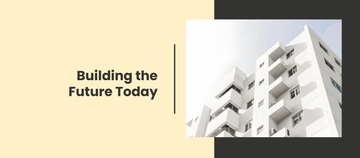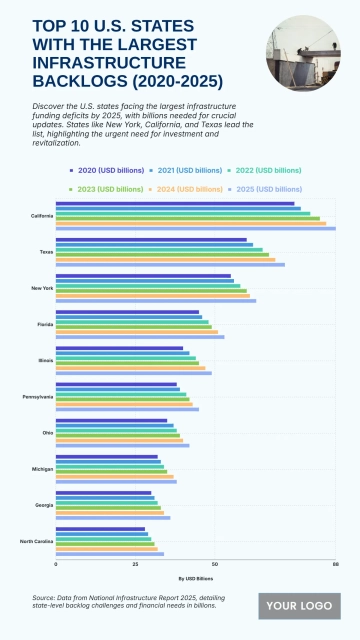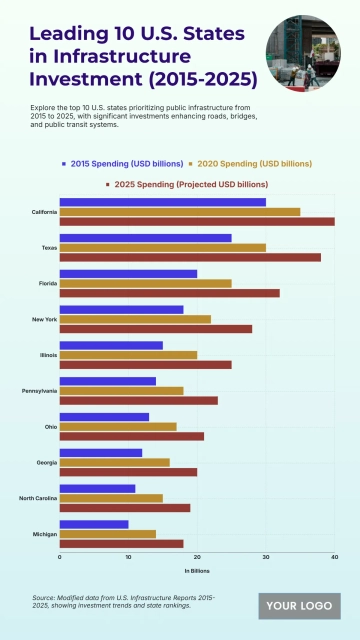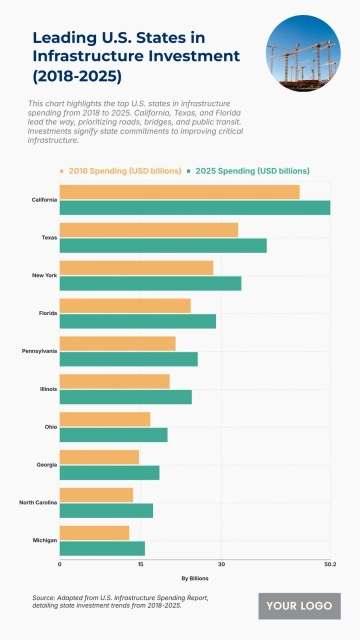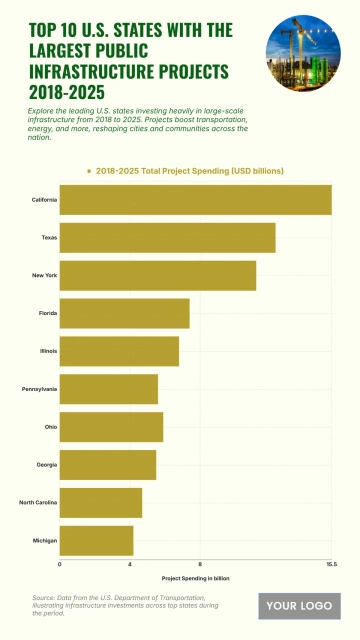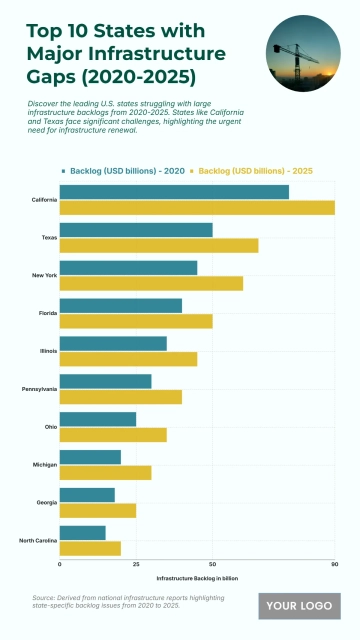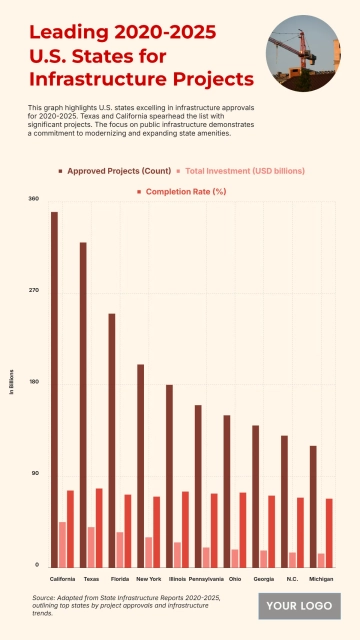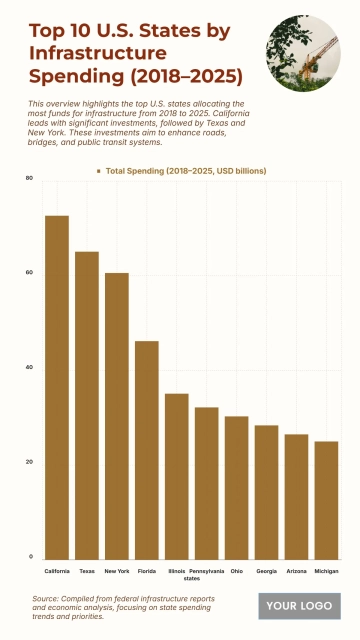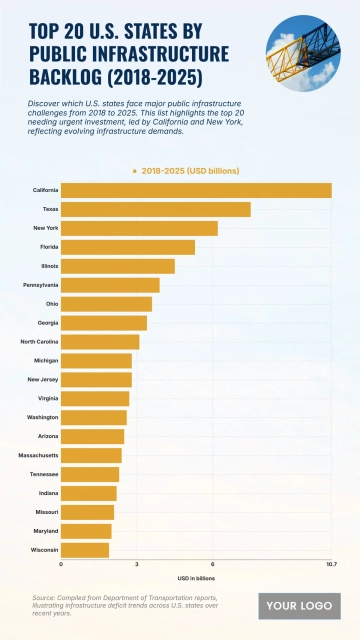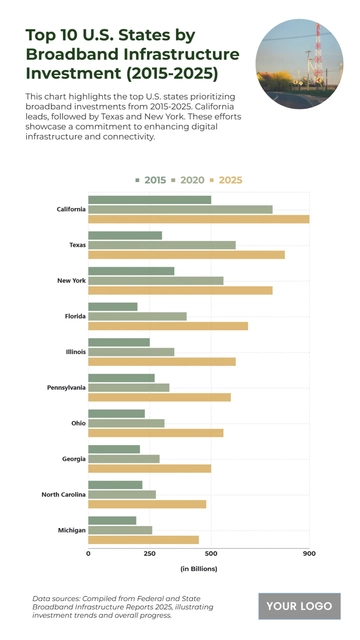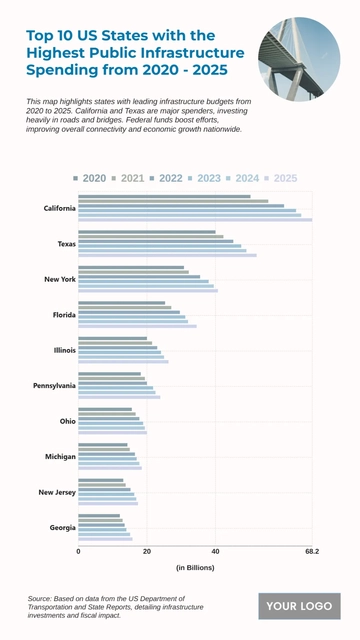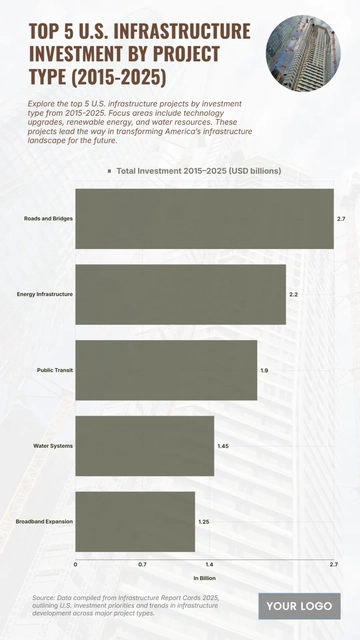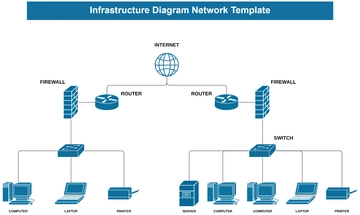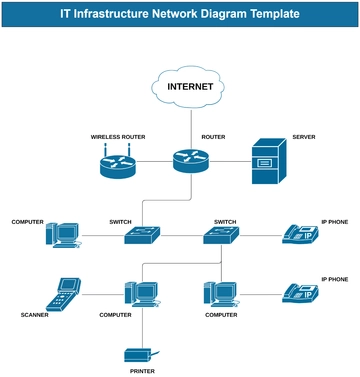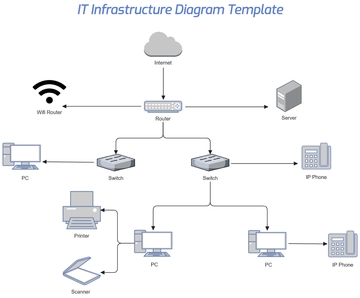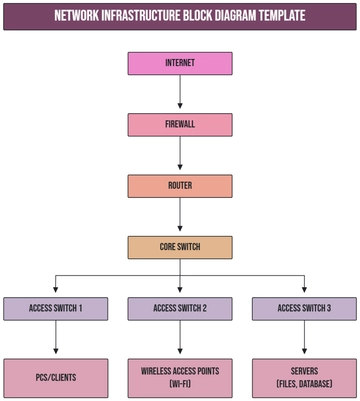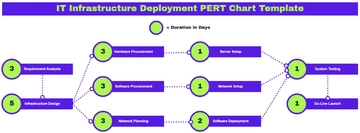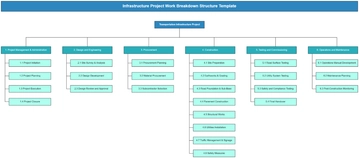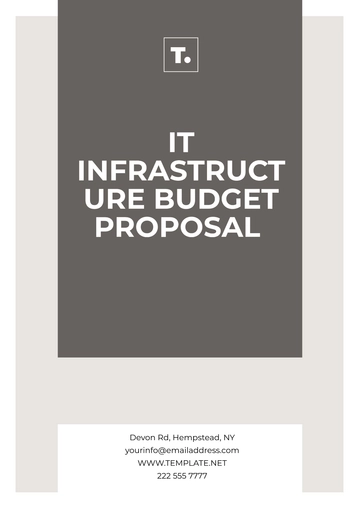Free Nursing Home Infrastructure Feasibility Study
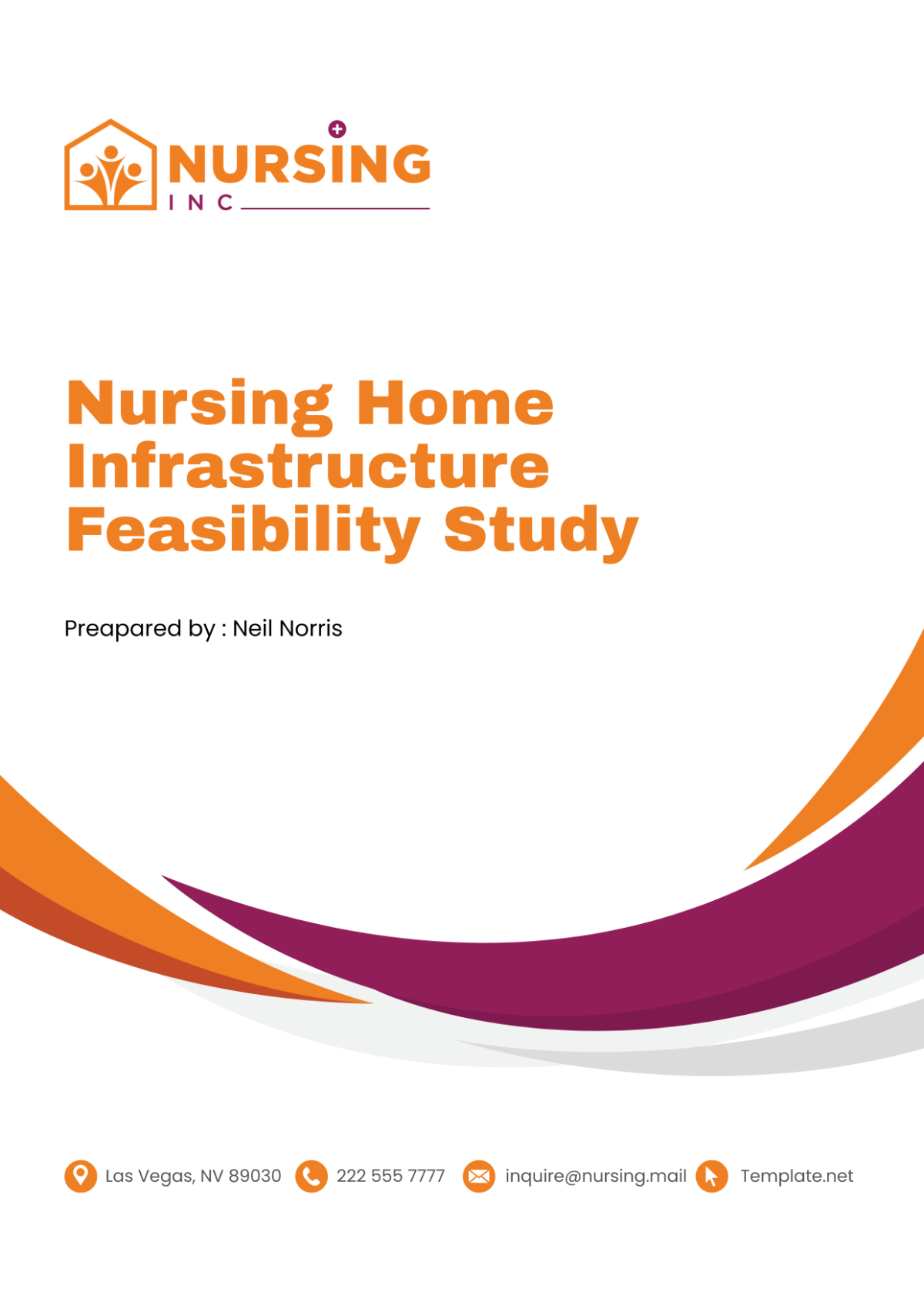
I. Executive Summary
[Your Company Name] has undertaken a comprehensive Nursing Home Infrastructure Feasibility Study to thoroughly evaluate the feasibility of establishing a new nursing home facility. This study encompasses an exhaustive analysis of various critical factors including demographics, market demand, regulatory landscape, financial feasibility, infrastructure requirements, and risk assessment. Based on meticulous examination and analysis, this report furnishes detailed recommendations to facilitate informed decision-making processes for stakeholders involved.
II. Introduction
In response to the escalating demand for long-term care services driven by an aging population, [Your Company Name] has embarked on a feasibility study to assess the viability of constructing a new nursing home facility. The objective of this feasibility study is to scrutinize and analyze the potential for meeting the increasing need for high-quality nursing care within the designated geographical area. By conducting this study, [Your Company Name] seeks to identify opportunities and challenges associated with establishing a new nursing home facility and provide insights to guide strategic decision-making.
III. Demographics Analysis
An in-depth analysis of population demographics in the target area is essential for understanding the potential demand for nursing home services. The demographic profile provides insights into the age distribution, household composition, income levels, and other relevant factors that influence the need for long-term care facilities.
The following table presents a summary of demographic data for the target area:
Age Group | Population | % of Total Population |
|---|---|---|
0-17 years | 12,500 | 20% |
18-64 years | 30,000 | 50% |
65+ years | 15,000 | 30% |
Key findings from the demographics analysis include:
Aging Population: The data shows that 30% of the population in the target area is aged 65 years and above, indicating a significant portion of the population that may require long-term care services in the future.
Changing Family Dynamics: With an increasing number of older adults and potential caregivers within the working-age population, there may be a greater need for professional long-term care services due to changing family structures and caregiving responsibilities.
Income Levels: Analysis of income levels within the target area reveals a diverse socioeconomic landscape, with a mix of affluent retirees and middle-income households. This suggests potential variation in the ability to afford long-term care services, highlighting the importance of offering flexible payment options.
Healthcare Needs: While not directly captured in demographic data, trends in chronic health conditions, disability rates, and healthcare utilization patterns can provide additional insights into the potential demand for nursing home services among older adults in the community.
IV. Market Demand Assessment
Assessing the current and projected demand for nursing home services is crucial for understanding the market dynamics and potential utilization of the proposed facility. The market demand assessment involves analyzing factors such as population trends, healthcare needs, competition, and consumer preferences to gauge the need for additional long-term care facilities in the target area.
The following table presents a summary of market demand data for nursing home services in the target area:
Year | Total Population | Population Aged 65+ | Projected Demand |
|---|---|---|---|
2022 | 60,000 | 15,000 | 1,200 |
2025 | 65,000 | 18,000 | 1,500 |
2030 | 70,000 | 22,000 | 1,800 |
Key findings from the market demand assessment include:
Projected Demand: Based on population projections and estimates of nursing home utilization rates, the demand for nursing home services is expected to increase over the coming years. This underscores the need for additional capacity to accommodate the rising demand for long-term care facilities.
Competitive Landscape: Analysis of existing nursing home facilities and other long-term care providers in the target area helps identify the level of competition and potential market saturation. Understanding the competitive landscape is essential for positioning [Your Company Name]'s facility and identifying opportunities for differentiation.
Consumer Preferences: Survey data and feedback from focus groups can provide insights into consumer preferences, expectations, and priorities when choosing long-term care facilities. Understanding consumer preferences is critical for designing services and amenities that meet the needs and preferences of potential residents and their families.
V. Regulatory Requirements
Navigating the complex regulatory landscape governing nursing home facilities is imperative for ensuring compliance and operational legitimacy. Through meticulous examination, [Your Company Name] identifies and comprehensively analyzes the myriad regulatory requirements encompassing licensing, certification, building codes, and healthcare standards.
Licensing and Certification: Nursing home facilities must obtain licenses from relevant regulatory bodies to operate legally. These licenses typically require compliance with specific standards related to staffing, care quality, facility infrastructure, and safety protocols.
Building Codes and Zoning Regulations: Nursing home facilities must adhere to building codes and zoning regulations set forth by local authorities. These regulations govern aspects such as building design, construction materials, occupancy limits, and accessibility features to ensure the safety and well-being of residents.
Healthcare Standards: Nursing homes are subject to healthcare standards established by regulatory agencies to ensure the provision of high-quality care to residents. These standards cover various aspects of care delivery, including medical services, medication management, infection control, dietary services, and resident rights.
Staffing Requirements: Nursing homes must comply with staffing requirements stipulated by regulatory agencies to ensure adequate levels of care and supervision for residents. These requirements may include minimum staffing ratios, qualifications for staff members, and ongoing training and education programs.
Record-Keeping and Documentation: Nursing homes are required to maintain accurate and up-to-date records of resident care, medical treatments, assessments, and other relevant information. Regulatory agencies may conduct audits or inspections to ensure compliance with record-keeping requirements.
Fire Safety and Emergency Preparedness: Nursing home facilities must implement fire safety measures and emergency preparedness plans to protect residents in the event of emergencies such as fires, natural disasters, or medical emergencies. Compliance with fire codes, evacuation procedures, and emergency communication systems is essential.
Quality Assurance and Quality Improvement: Regulatory agencies may require nursing homes to participate in quality assurance and quality improvement programs to monitor and improve the quality of care provided to residents. This may involve regular inspections, audits, and performance evaluations to identify areas for improvement and implement corrective actions.
Resident Rights and Advocacy: Nursing homes must respect and uphold the rights of residents as outlined in relevant laws and regulations. These rights include the right to privacy, dignity, autonomy, informed consent, and freedom from abuse or neglect. Nursing homes must have procedures in place to address resident grievances and complaints.
Medicare and Medicaid Compliance: Nursing homes that participate in Medicare and Medicaid programs must comply with additional regulations and requirements set forth by the Centers for Medicare & Medicaid Services (CMS). These regulations govern reimbursement, quality reporting, survey and certification processes, and participation in quality improvement initiatives.
Environmental and Sustainability Standards: Increasingly, regulatory agencies may also impose environmental and sustainability standards on nursing home facilities, such as waste management practices, energy efficiency measures, and environmentally friendly building designs.
VI. Financial Feasibility
A thorough financial feasibility analysis is essential to assess the economic viability and sustainability of the proposed nursing home facility. This analysis involves evaluating the initial investment costs, operating expenses, revenue projections, and potential return on investment to determine the financial feasibility of the project.
A. Initial Investment Costs:
The initial investment costs encompass expenses related to land acquisition, construction or renovation of the facility, purchase of equipment and furnishings, and any other start-up costs. These costs are outlined in the following table:
Item | Cost (USD) |
|---|---|
Land Acquisition | $500,000 |
Construction/Renovation | $2,000,000 |
Equipment and Furnishings | $500,000 |
Start-up Costs | $100,000 |
Contingency | $200,000 |
Total Initial Investment Cost | $3,300,000 |
B. Operating Expenses:
Operating expenses consist of ongoing costs incurred to run the nursing home facility, including staffing, utilities, maintenance, insurance, administrative expenses, and marketing expenses. These expenses are summarized in the following table:
Expense Category | Annual Cost (USD) |
|---|---|
Staffing | $1,200,000 |
Utilities | $150,000 |
Maintenance | $100,000 |
Insurance | $50,000 |
Administrative Costs | $75,000 |
Marketing Expenses | $50,000 |
Total Operating Expenses | $1,625,000 |
C. Revenue Projections:
Revenue projections are based on projected occupancy rates and reimbursement rates for services provided. The following table presents revenue projections for the first three years of operation:
Year | Projected Occupancy Rate (%) | Average Monthly Revenue per Resident (USD) | Annual Revenue (USD) |
|---|---|---|---|
1 | 80% | $5,000 | $4,800,000 |
2 | 85% | $5,200 | $5,004,000 |
3 | 90% | $5,400 | $5,208,000 |
D. Financial Summary:
The financial feasibility analysis indicates that the projected revenue exceeds operating expenses, resulting in a positive cash flow. Additionally, the payback period for the initial investment is estimated to be within five years, indicating a reasonable return on investment.
VII. Risk Assessment
A comprehensive risk assessment is conducted to identify potential risks and challenges that may impact the successful establishment and operation of the proposed nursing home facility. By identifying and addressing these risks proactively, [Your Company Name] can develop robust risk mitigation strategies to safeguard against potential adverse outcomes and enhance the likelihood of project success.
A. Key Risks Identified:
Regulatory Compliance: Changes in healthcare regulations and compliance requirements could pose challenges for the nursing home facility. Failure to comply with regulatory standards could result in fines, penalties, or legal liabilities. [Your Company Name] will closely monitor regulatory developments and ensure ongoing compliance through regular audits and staff training programs.
Staffing Shortages: Recruiting and retaining qualified staff members, including nurses, caregivers, and administrative staff, may be challenging in a competitive labor market. Staffing shortages could impact the quality of care provided and lead to increased turnover rates. [Your Company Name] will implement competitive compensation packages, staff development programs, and employee retention initiatives to mitigate staffing risks.
Market Competition: Intense competition from existing nursing home facilities, assisted living communities, and home healthcare providers could affect occupancy rates and revenue generation. [Your Company Name] will differentiate its services through high-quality care, personalized amenities, and innovative programs to attract residents and maintain a competitive edge in the market.
Financial Uncertainty: Economic fluctuations, changes in healthcare reimbursement rates, and unexpected expenses could affect the financial performance of the nursing home facility. [Your Company Name] will conduct regular financial reviews, maintain adequate reserves, and explore alternative revenue streams to mitigate financial risks and ensure long-term sustainability.
Public Health Emergencies: Outbreaks of infectious diseases, natural disasters, or other public health emergencies could disrupt operations and pose health risks to residents and staff members. [Your Company Name] will develop and implement comprehensive emergency preparedness plans, including infection control protocols, evacuation procedures, and communication strategies, to mitigate the impact of potential emergencies and ensure the safety and well-being of all stakeholders.
B. Risk Mitigation Strategies:
Diversification: [Your Company Name] will diversify its revenue streams by offering a range of services such as rehabilitation therapy, memory care, and respite care to mitigate dependence on any single source of revenue.
Insurance Coverage: [Your Company Name] will maintain comprehensive insurance coverage, including liability insurance, property insurance, and business interruption insurance, to mitigate financial risks associated with unforeseen events.
Continuous Monitoring: [Your Company Name] will establish regular monitoring mechanisms to track key performance indicators, market trends, and regulatory changes, allowing for timely adjustments to mitigate emerging risks and capitalize on opportunities.
Stakeholder Engagement: [Your Company Name] will actively engage with residents, families, staff members, and community stakeholders to solicit feedback, address concerns, and foster a culture of transparency and collaboration to mitigate risks associated with stakeholder dissatisfaction.
VIII. Recommendations
Based on the findings and insights derived from the comprehensive feasibility study, [Your Company Name] offers detailed recommendations to guide strategic decision-making processes.
Proceed with Facility Development: Based on the findings of the feasibility study, [Your Company Name] recommends proceeding with the development of the nursing home facility. The analysis indicates a strong demand for long-term care services in the target area, supported by favorable demographic trends and market dynamics.
Optimize Facility Design: [Your Company Name] recommends optimizing the design of the nursing home facility to maximize efficiency, functionality, and resident comfort. This may involve incorporating innovative design features, flexible floor plans, and state-of-the-art amenities to enhance the overall resident experience.
Enhance Staff Recruitment and Retention: Given the potential challenges associated with staffing shortages, [Your Company Name] recommends implementing strategies to attract and retain qualified staff members. This may include offering competitive compensation packages, providing opportunities for professional development, and fostering a positive work environment.
Diversify Service Offerings: To differentiate the nursing home facility and appeal to a broader range of residents, [Your Company Name] recommends diversifying its service offerings. This may include providing specialized care programs, such as memory care or rehabilitation therapy, to meet the diverse needs of residents.
Invest in Technology: Embracing technology can improve efficiency, streamline operations, and enhance the quality of care provided. [Your Company Name] recommends investing in electronic health records systems, telemedicine platforms, and assistive devices to support resident care and improve staff productivity.
Engage with Community Partners: Building strong relationships with community partners, including healthcare providers, social service agencies, and local advocacy groups, can enhance the nursing home facility's visibility and referral network. [Your Company Name] recommends actively engaging with community stakeholders to foster collaboration and support.
Implement Quality Improvement Initiatives: Continuous quality improvement is essential for maintaining high standards of care and resident satisfaction. [Your Company Name] recommends implementing quality improvement initiatives, such as regular staff training programs, resident satisfaction surveys, and performance evaluations, to monitor and enhance the quality of care provided.
Develop Marketing and Outreach Strategies: Effective marketing and outreach strategies are essential for attracting residents and families to the nursing home facility. [Your Company Name] recommends developing targeted marketing campaigns, participating in community events, and leveraging digital marketing channels to raise awareness and generate referrals.
IX. Conclusion
In conclusion, the Nursing Home Infrastructure Feasibility Study conducted by [Your Company Name] provides valuable insights into the feasibility of establishing a new nursing home facility to meet the increasing demand for long-term care services within the target market. Through comprehensive analysis and assessment of critical factors including demographics, market demand, regulatory requirements, financial feasibility, infrastructure needs, and risk assessment, this study demonstrates the viability and potential benefits of the proposed nursing home facility.
By leveraging these insights and recommendations, [Your Company Name] aims to support stakeholders in making informed decisions and realizing the successful establishment and operation of the nursing home facility, thereby addressing the critical need for high-quality long-term care services in the community.
- 100% Customizable, free editor
- Access 1 Million+ Templates, photo’s & graphics
- Download or share as a template
- Click and replace photos, graphics, text, backgrounds
- Resize, crop, AI write & more
- Access advanced editor
Assess the feasibility of infrastructure projects in nursing homes with Template.net's Nursing Home Infrastructure Feasibility Study Template. Editable in our AI Editor Tool, this customizable template provides a structured format for analyzing project requirements, conducting cost-benefit analyses, assessing risks, and making informed recommendations. Enhance decision-making, mitigate risks, and ensure successful infrastructure projects!
